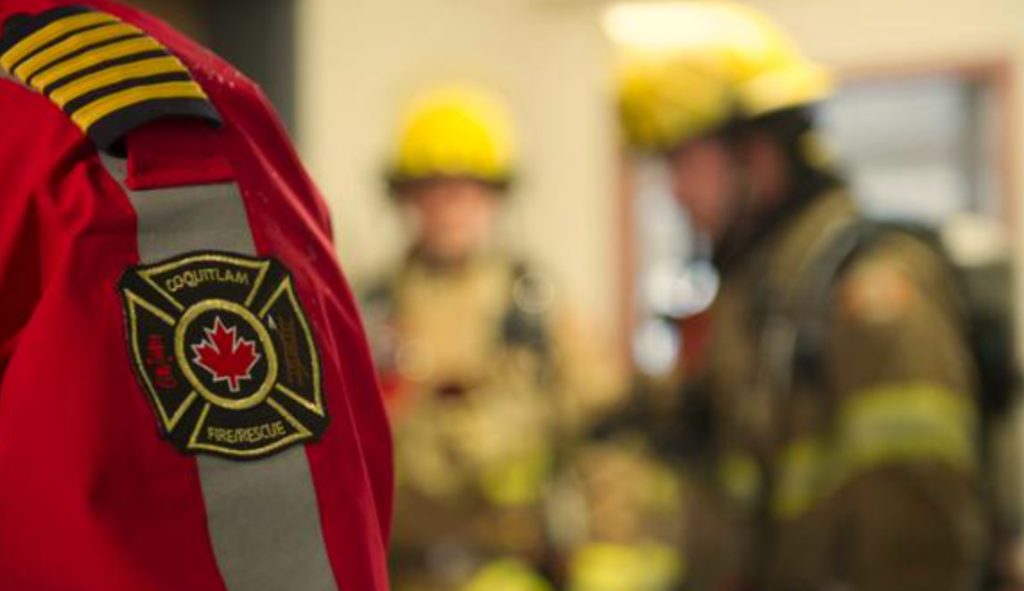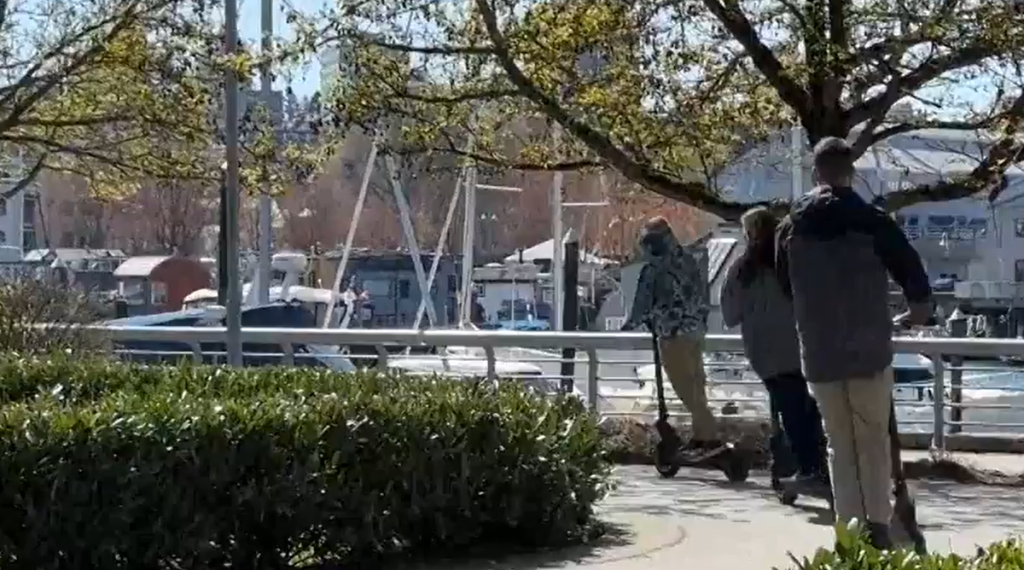Wet zone: limited access to hard-hit neighbourhoods in High River
Posted July 4, 2013 11:39 am.
This article is more than 5 years old.
HIGH RIVER, Alta. – People from the most flooded out neighbourhoods in High River are being allowed to see the damage and pick up a few belongings as reconstruction crews feverishly prepare accommodations for those whose houses are too mud-caked and water-warped to live in.
The province says crews have managed to pump out water in the Sunshine Meadows district more quickly than expected and access is now possible. The area has been described as a giant bowl and water collected there the most when the Highwood River burst its banks two weeks ago.
“We’re going to allow people to go back to their homes to take a look … and our fervent recommendation is that you take a look at your house, you assess the safety of entering and grab critical belongings,” Shane Schreiber, head of the High River recovery task force, said at an update on Thursday.
He warned people that they should brace themselves because many of their houses are badly damaged.
“I just caution that it’ll be a bit of a shock,” Schreiber said. “Be prepared to see your house in a pretty shocking state, frankly.”
He advised residents to get advice from structural engineers as to whether their homes are safe to live in.
“Some of these houses you may be able to remediate them once you get that structural assessment, but many of them have been under water for a number of days.
“There’s no way you can go back to some of these houses right now.”
A bus tour was being organized for the adjacent neighbourhood of Hampton Hills — still under water — so that people could at least get a look at their properties.
Schreiber explained that nearly 500,000 litres are being pumped out of the Hamptons every minute — about 500 million litres daily — and levels are going down 15 centimetres a day. But the “lake” that the area has essentially become is still at least a metre deep on streets and the first floor of buildings.
“That’s why we can’t allow residents back in. It’s still too dangerous,” he said. “Those floors, the construction materials have probably significantly deformed and there’s a very real danger of people going in their homes, falling through the floor and being trapped in a watery basement.
“We’re not willing to risk that.”
A major road that separates the two neighbourhoods has been turned into a dike and must hold, Schreiber said. That’s why traffic in and out of the Hamptons is being restricted.
“That dike is critical, because if we can’t maintain the integrity of that dike, the Sunshine neighbourhood could potentially reflood.” As it was, sewage was still backing up in parts of that district because of all the water in the Hamptons.
About 1,000 of High River’s 7,000 homes are in the two areas. More than 6,000 of the town’s 13,000 people have already returned to other parts of the town to begin mopping up.
The province is looking at three phases of accommodation for evacuees whose homes are too damaged to live in.
Schreiber said evacuee reception centres have noticed an uptick in the number of people needing a place to stay as hotel reservations run out, especially with the Stampede opening Friday in Calgary. The first phase of the plan is therefore short term, for people who need accommodations for about two weeks.
“They found their own accommodation when they booked their hotel room. The hotel is booked up and they are being asked to leave because there is essentially no room at the inn,” Schreiber said. “I don’t think we can book ’em into the Trump, but we are going to find them a place to live for two weeks.”
The province has booked the Super 8 motel in High River and the University of Lethbridge is also taking families into its dorms.
The second phase involves setting up oil-field-style camps with trailers where evacuees can live while their homes are rebuilt. Two of those camps are already being built in High River and there are plans for a third depending on demand. The first is expected to be ready Friday.
“Those will be suitable for up to six months. They’ll have playgrounds. They’ll have social centres. They’ll have recreational facilities,” Schreiber said.
Plans to house people longer than six months are still being developed and are likely to involve individual mobile homes, Schreiber said.
“What we are trying to do is keep people from High River in High River so that families have the same daycare, the same doctor, the same schools, the same hockey team. It relieves that anxiety and stress because they are already going to have enough problems.”
Mayor Emile Blokland praised volunteers who have worked side-by-side with citizens to help the town recover.
“Residents as they have returned to their communities have felt the weight of the world on their shoulders as they’ve faced the enormous task of cleaning out their homes and getting back to their daily lives,” he said.
“It’s all about community first, neighbours second and the me-me factor third. And we have to remember that as we move forward. It’s neighbour helping neighbour (to) get this community back on its feet again as quickly as possible.”
In Calgary, things were also starting to get back to some sense of normalcy on Thursday as everyone prepared for the Calgary Stampede. A state of emergency was lifted at 10:16 a.m. — the exact hour it was called two weeks ago, when the city and much of southern Alberta was hit by the worst flooding in the province’s history.
Meanwhile, the Alberta Federation of Labour has asked the federal government to modify Employment Insurance rules to better serve workers whose jobs have been affected by the disaster.
Federation president Gil McGowan said workers are being lost in the shuffle as officials concentrate on flood relief efforts.
“A loss of livelihood, even a temporary loss, can multiply the damage of a disaster like this, and make it more difficult for employees and employers to recover even long after the waters have receded,” McGowan said in a news release.
The labour group would like Ottawa to waive the EI waiting period for all workers who have lost income during the flood and streamline work-sharing programs.










